Using Knowledge Organisers In The Primary Classroom
Written by Kapow Primary
Published on 19th May 2023
Last Updated: 23rd April 2024
Written by Kapow Primary
Published on 19th May 2023
Last Updated: 23rd April 2024
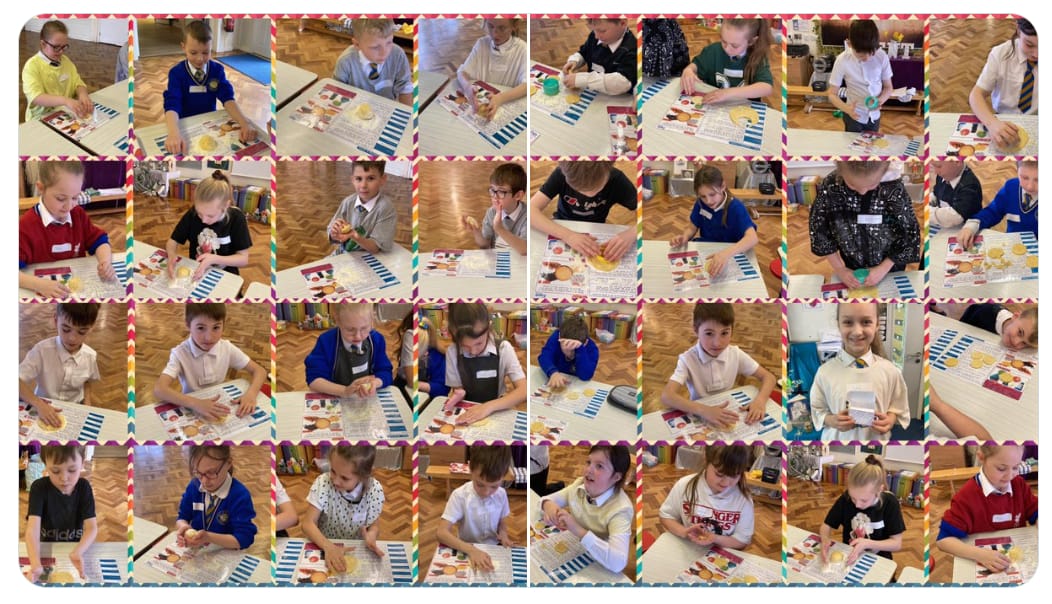
Knowledge organisers are used widely across UK primary schools. They are visual summaries of the key facts and vocabulary for each unit within a subject. They often take up no more than one side of A4 paper and are presented at the beginning of a new topic or unit.
Creating knowledge organisers can be very time-consuming for teachers, so at Kapow Primary, we provide them for all our units across all our subjects.
There are many different ways to use knowledge organisers in primary schools as tools for teaching, learning and assessment.
Here are a few suggestions:
A knowledge organiser is a great way to revise related knowledge if it is used at the start of a unit as a discussion point. When children view it for the first time, encourage them to talk about what is of interest and why. They will make links to previous units, as the knowledge organiser will serve as a way to recap previous learning.
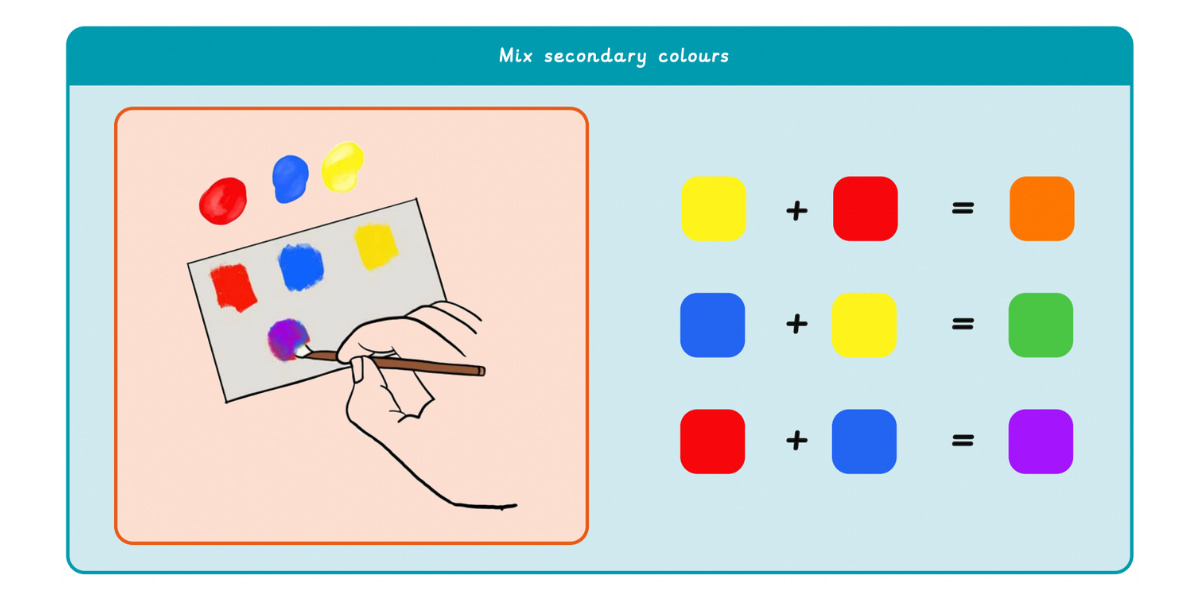
This section from an Art and design unit knowledge organiser recaps primary and secondary colours.
You can use knowledge organisers to initiate questions from children. Questions could be about the meaning of certain vocabulary or the key facts that are presented. Pupils can record these questions and research them during the course of their learning. At the end of the unit, children can revisit their questions and see which ones they can answer. Using knowledge organisers like this is a really effective way to generate initial interest and spark curiosity about a new topic.
Children can use their knowledge organisers and learning to create their own assessment questions and activities. This could take the form of quizzes that they can make in groups and then try out on each other.
A similar idea is to assign children to different ‘expert’ or home groups, where they can spend some time revising one particular part of a knowledge organiser; following this, they can test other groups using questions and other revision games.
Once children are used to knowledge organisers, they can create their own at the end of a unit as evidence of learning. This could be an opportunity for them to get creative – using both images and words to make a page about what they remember.
Knowledge organisers can also be used to track learning, highlighting when particular knowledge has been taught. They can be used as working documents and annotated with notes to help children retain the information.
Knowledge organisers are particularly helpful when teaching foreign languages, as children quickly forget new words if they don’t go back to them regularly. You can use them as a scaffold for speaking, reading, writing and listening tasks.
Children can start by using the knowledge organisers to practise new vocabulary and then try the same task without them. This enables pupils to self-assess and self-correct immediately afterwards. Often this lends itself to working in pairs or small groups, so children can try out language independently without speaking in front of the whole class.
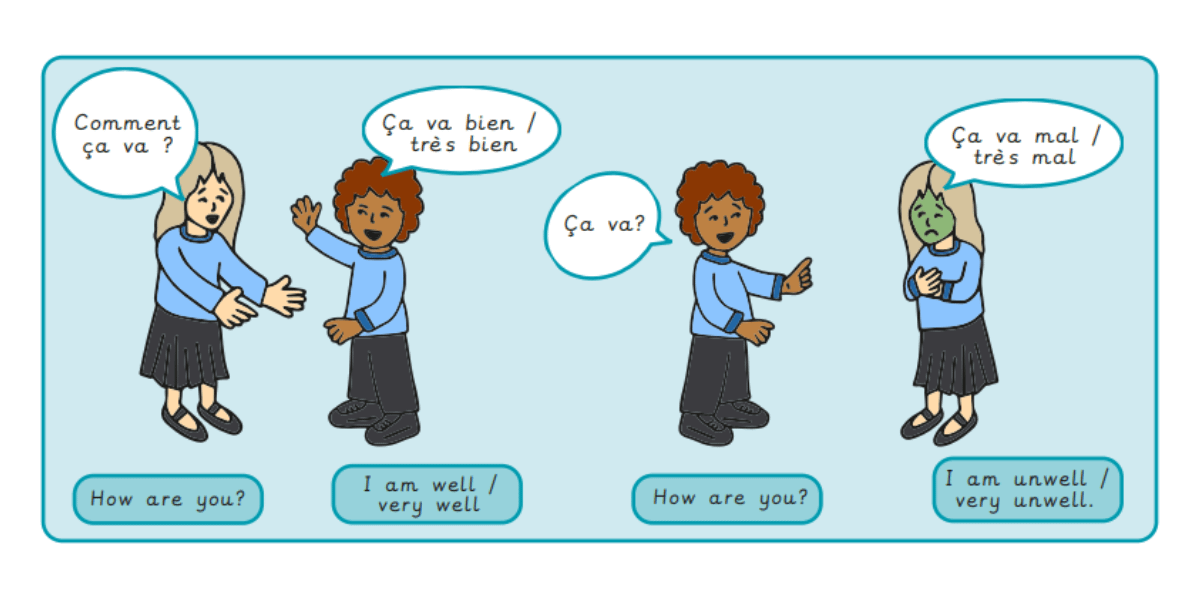
Children could use this part of a French knowledge organiser to practise a short conversation and then use it to check back when using the language independently.
Knowledge organisers work best when they are referred back to again and again. Children will start to remember familiar images that they see and associate those images with certain facts and vocabulary.
Once working with a knowledge organiser is established, you can start to manipulate them as a way to embed the information and deepen the learning. Some suggestions for this are:

You could blank out the words in this section from a Geography knowledge organiser and ask children to label the diagram themselves. Alternatively, children could use it to recap knowledge or as a pre-teaching tool.
Use the knowledge organiser to pre-teach vocabulary or give pupils context before the lesson. This could form part of adaptive teaching or for supporting pupils with English as an Additional Language (EAL).
Ideally, as well as having a personal copy of a knowledge organiser for each child, you will also have an enlarged copy stuck up on a working wall to refer to throughout the unit. You may have copies on tables too as a handy spelling and vocabulary reminder.
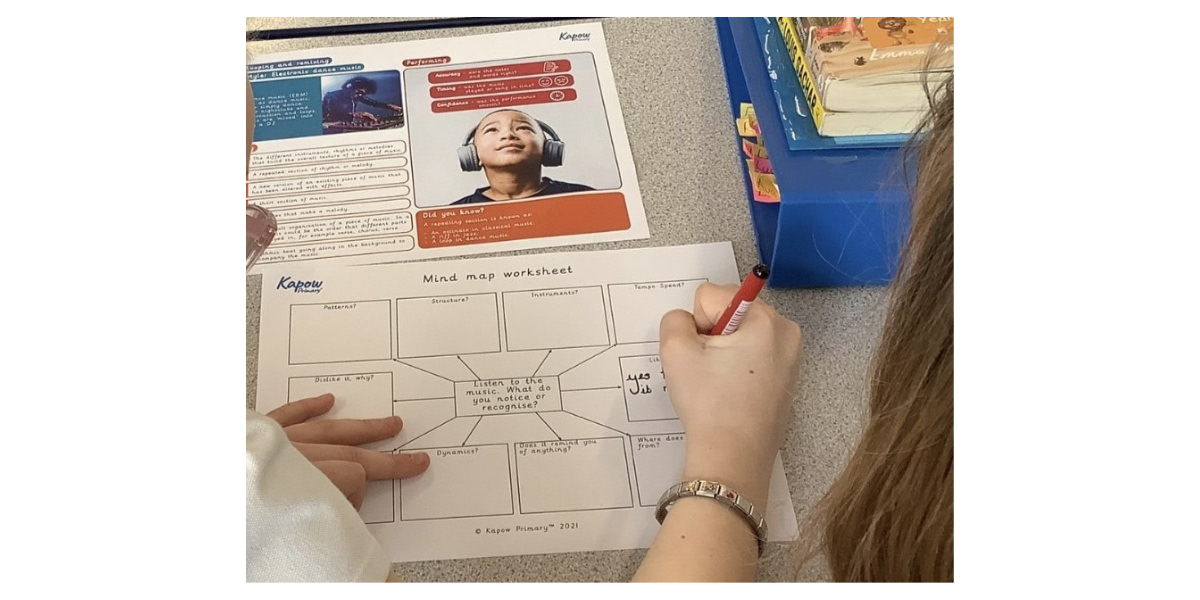
Pupils from St Helen’s Primary Academy in Barnsley are using a knowledge organiser to support their learning and understanding in a Music lesson.
Knowledge organisers can be useful for parents too, as they can see, at a glance, what their child is learning, So, you could send them home with the children once you’ve assigned homework relating to a particular topic
Keep coming back to knowledge organisers during related units to recap knowledge and vocabulary. You could ask pupils to highlight or record what they can remember.
Remember that knowledge organisers are working, not static, documents and you can annotate them. While they may look attractive in children’s books and clearly mark the beginning of a new unit of work, this isn’t their purpose.
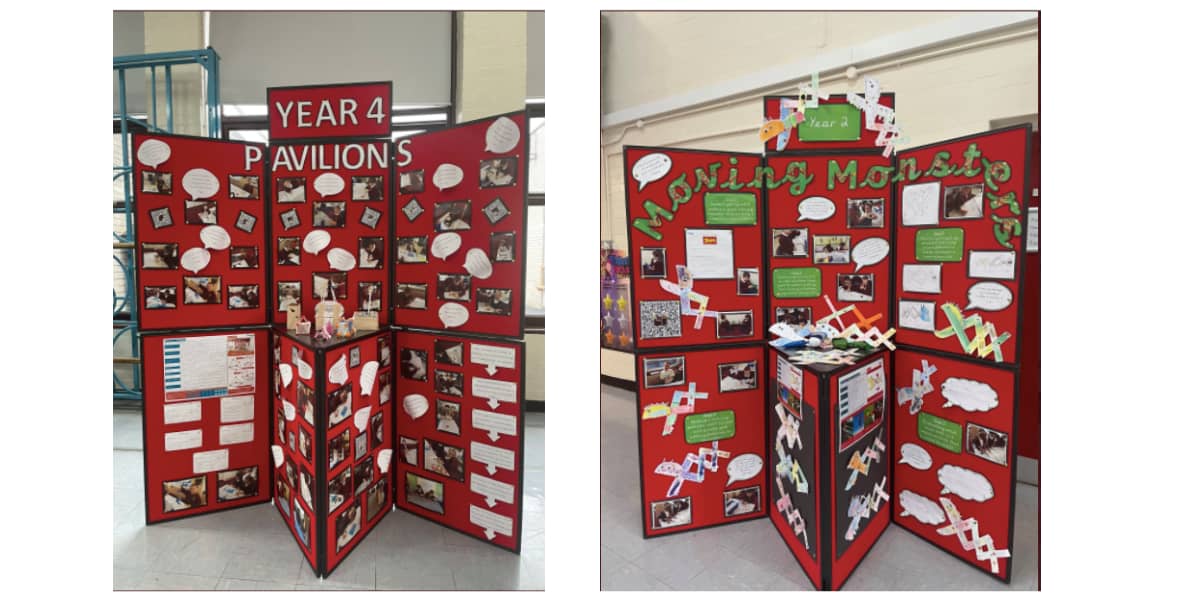
We love the way that knowledge organisers are featured as a central part of these displays by Roby Park Primary School.
Be inventive, trying out different ways of using them to keep refreshing children’s learning. You could always ask the children how they would use them and let them get creative.
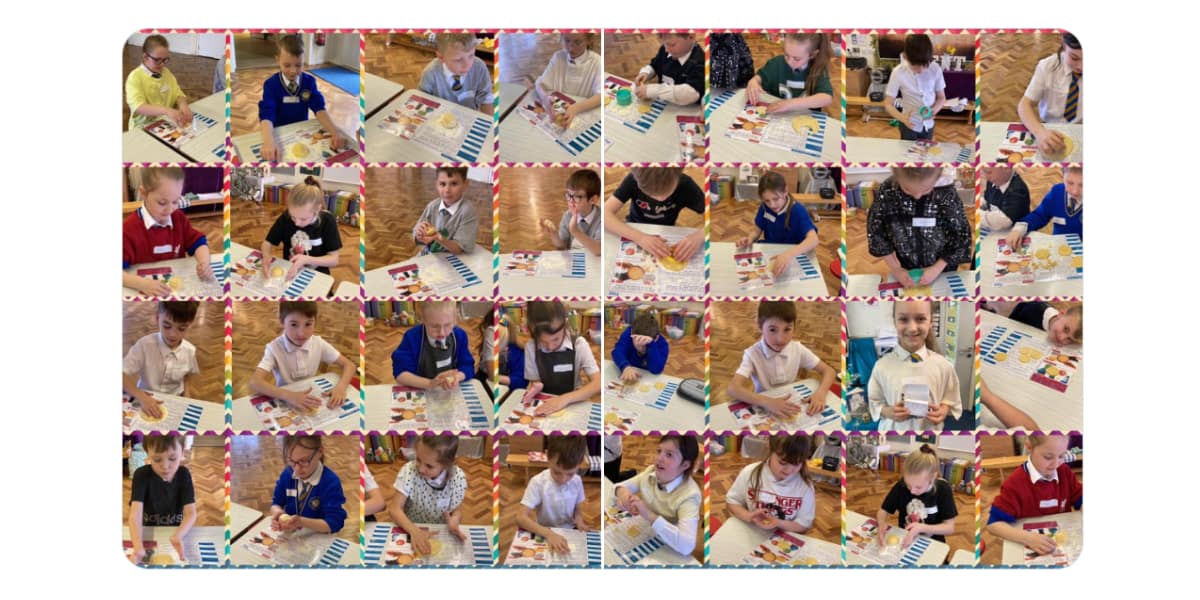
Pupils from Holy Spirit Catholic Primary School in St Helens using laminated knowledge organisers as baking mats. What an ingenious idea!
Consult with your colleagues and agree on some ways to use knowledge organisers. This is important for whole-school consistency.
Knowledge organisers should be fun, child-friendly, relevant and appealing to children. As with many learning tools, they get easier once pupils and staff are familiar with them.
Have we missed anything? We’d love to hear from you if you’ve found other ways to use knowledge organisers that might benefit other primary school teachers. We always enjoy seeing how schools use Kapow Primary resources. Feel free to tag us in social media posts on Twitter and Facebook when showing knowledge organisers or any of our other materials so we can share your ideas too.